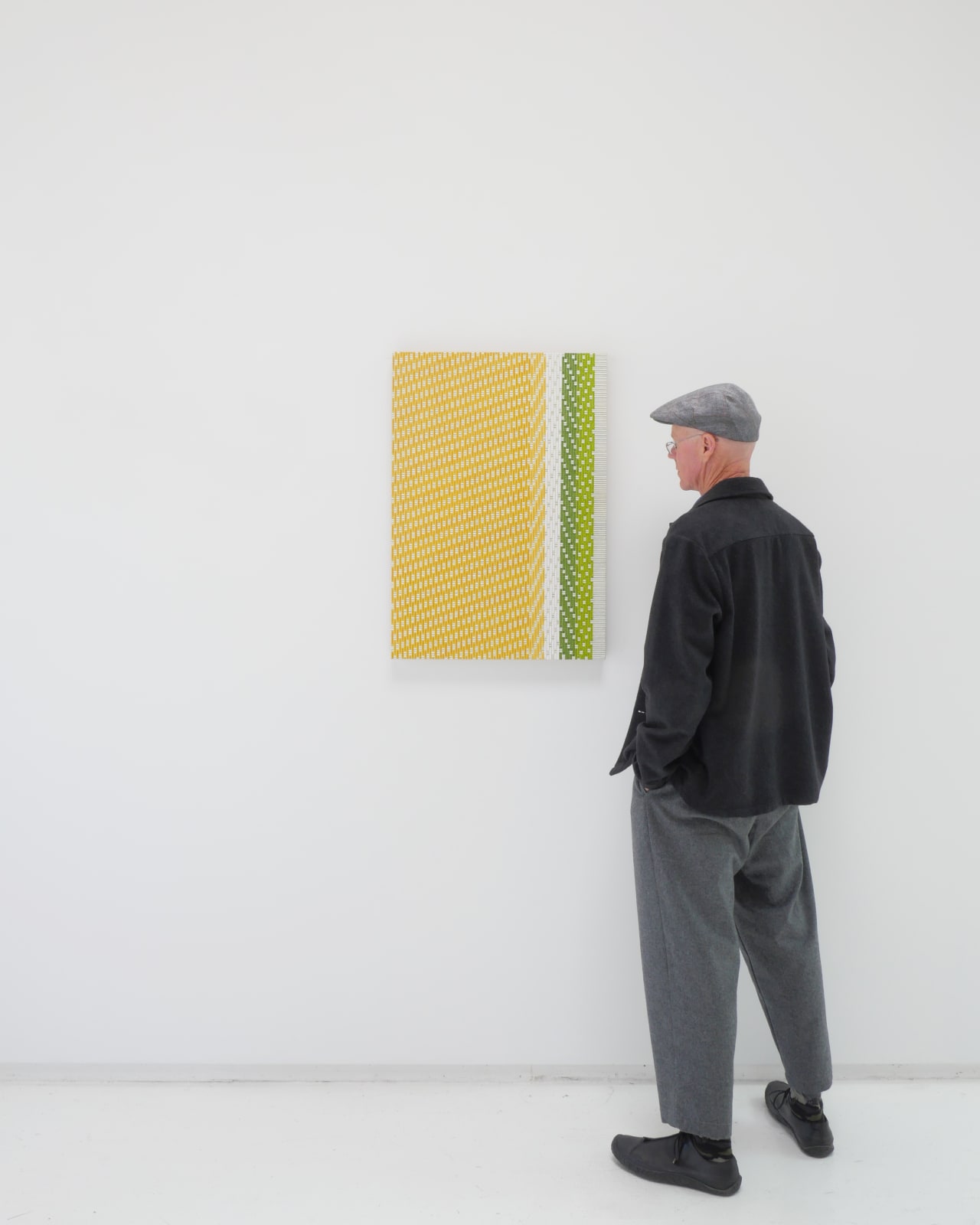










Andrea Higgins American, b. 1970
Flowering Calamondin, 2022
oil on linen
30 x 21 in
76.2 x 53.3 cm
76.2 x 53.3 cm
Further images
-
(View a larger image of thumbnail 1
)

-
(View a larger image of thumbnail 2
)

-
(View a larger image of thumbnail 3
)

-
(View a larger image of thumbnail 4
)

-
(View a larger image of thumbnail 5
)

-
(View a larger image of thumbnail 6
)

-
(View a larger image of thumbnail 7
)

-
(View a larger image of thumbnail 8
)

-
(View a larger image of thumbnail 9
)

-
(View a larger image of thumbnail 10
)

-
(View a larger image of thumbnail 11
)

'So even though my heart remained dark, I changed my garb as society expected. As with so many things, I was realizing it was necessary to cloak one's inner feelings....
"So even though my heart remained dark, I changed my garb as society expected. As with so many things, I was realizing it was necessary to cloak one's inner feelings. I put together a set of robes in shades of yellow, white, and greens, a combination my mother had often worn in early summer. She said it was called Flowering Calamondin, explaining that wearing a deep yellow robe next to a white one reminds us how we often see both golden fruit and white blossom together on that citrus tree. When little Katako saw me ...she lisped, Pretty dress, Mama! ...Suddenly I saw the world from the point of view of a child, free from the layers and shades of meaning with which we adults are always draping our perceptions."
—Liza Dalby, The Tale of Murasaki (p. 208)
For Andrea Higgins, textiles represent a fundamental aspect of the aesthetics of a society, and a style of dress can be as evocative as the representation of a face. In her conceptual "portraits" every fiber is represented by a brush stroke and each stroke is built up, one color upon another, layer over layer, to create a three-dimensional mark.
In this painting, Higgins explores the fetishistic obsession with costuming at the Heian court of 10th century Japan. It is a representation she's imagined, based on written descriptions and historical research, of the novelist, Murasaki Shikibu, the author of The Tale of Genji.
—Liza Dalby, The Tale of Murasaki (p. 208)
For Andrea Higgins, textiles represent a fundamental aspect of the aesthetics of a society, and a style of dress can be as evocative as the representation of a face. In her conceptual "portraits" every fiber is represented by a brush stroke and each stroke is built up, one color upon another, layer over layer, to create a three-dimensional mark.
In this painting, Higgins explores the fetishistic obsession with costuming at the Heian court of 10th century Japan. It is a representation she's imagined, based on written descriptions and historical research, of the novelist, Murasaki Shikibu, the author of The Tale of Genji.
Your shopping bag
This purchase may be subject to local rates of import, sales and use taxes for which the purchaser is 100% liable.
No items found
Close
Your Favorites
Create a list of works then send us an inquiry.
No items found